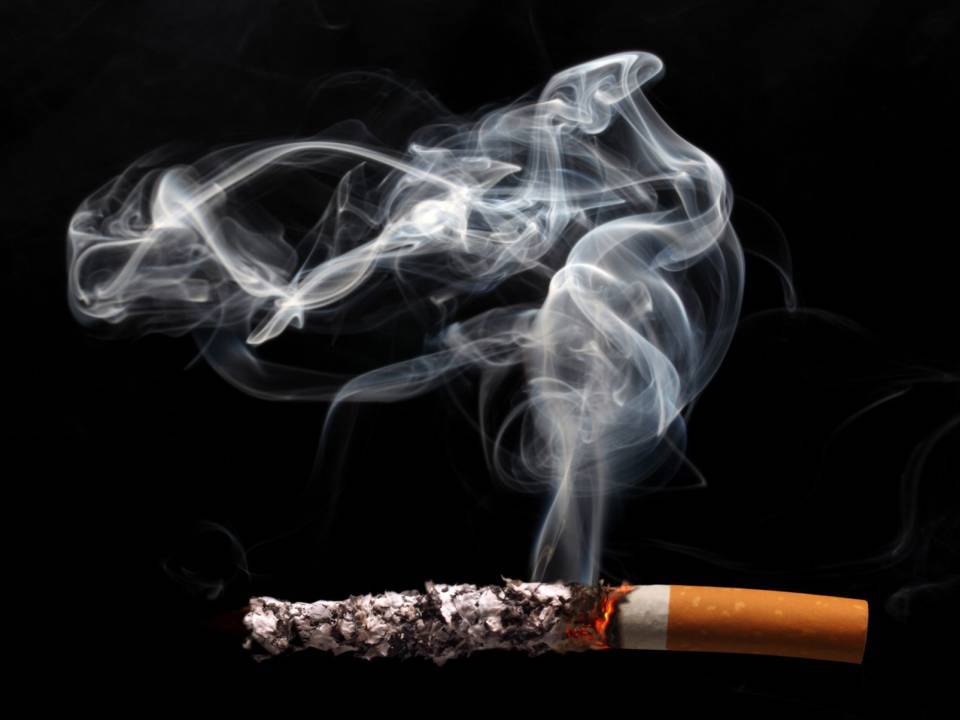The data on smoking and mortality are proof of a pandemic. And, worldwide, tobacco consumption kills one person every six seconds and one in every two smokers. Moreover, it is a double-edged sword, because it also harms the smoker’s environment. For example, the risk of a passive smoker developing lung cancer increases by 35%, and they can inhale up to 4,000 toxic substances. In fact, it has been found that spending eight hours indoors with smokers is equivalent to smoking 16 cigarettes. The problem increases in magnitude when we talk about the risk posed to young children, who are more prone to otitis, asthma attacks, and respiratory infections.
The inhabitants of low- and middle-income countries are the main consumers of tobacco, and represent 80% of the world’s 1.3 billion tobacco users, according to data from the World Health Organization (WHO). A person who consumes one pack a day spends around €1,500 a year. Therefore, in families with smokers, this can have a major impact on the annual budget, increasing poverty in the most disadvantaged households.
What are the benefits of quitting smoking?
Although the risk of developing cancer persists even 15 years or more after stopping smoking, giving up this habit for at least 48 hours already has positive effects on the body, such as normalizing the blood pressure and the pulse (a single puff raises the heart rate by 10 to 15 beats a minute), improving blood oxygen levels, reducing the likelihood of suffering a heart attack, and improving the senses of smell and taste. Within one year, the mucous membranes of the lungs recover and infections are reduced. Blood circulation improves, coughing and shortness of breath disappear, concentration is improved and headaches are reduced. Five years after quitting smoking, the risk of death is halved. The risk of suffering a stroke or cancer is reduced, and if you have a chronic disease, your health improves significantly.
What are the other risks of smoking?
Nicotine is a stimulant, but at the same time it is a relaxant and is more addictive than heroin or cocaine. Ammonia, also found in tobacco, enhances its addictive effects. It causes neuronal ageing with reduced brain responsiveness and long-term memory loss. It generates a dependence of about 30 years on average, so professional support and appropriate medication are essential in order to quit smoking. Without support, only 4% of all cases are successful.
Tar, one of the components of tobacco, contains arsenic and cyanide, and causes bronchospasms, asthma and, in the long term, cancer and emphysema. Lung cancer, the most common type of cancer amongst smokers, is one of the most deadly, since the tumour does not cause pain and is characterized by mild symptoms such as coughing or coughing up blood. When this is the case, the illness is usually at an advanced stage. The lesion cannot be seen without a CT scan, and 80% of cases cannot be operated on. “Out of every 100 cancer diagnoses, around 15 to 16% survive,” says Ramon Marrades, pulmonologist at the Hospital Clínic de Barcelona.
In addition to the long-term consequences, smoking reduces fertility in both men and women, and men are at greater risk of erectile dysfunction. Physical deterioration is also evident in the smoker’s appearance. The teeth turn yellow, and the fingers, nails and skin tend to wrinkle and develop psoriasis. In pregnant women, there is a greater risk of miscarriage and complications, and babies are often born with a low birth weight because of stunted growth.
All in all, the COVID-19 pandemic has been a turning point for many people and made them decide to quit smoking, as scientific evidence has shown that smokers are more at risk of developing severe disease than non-smokers.




